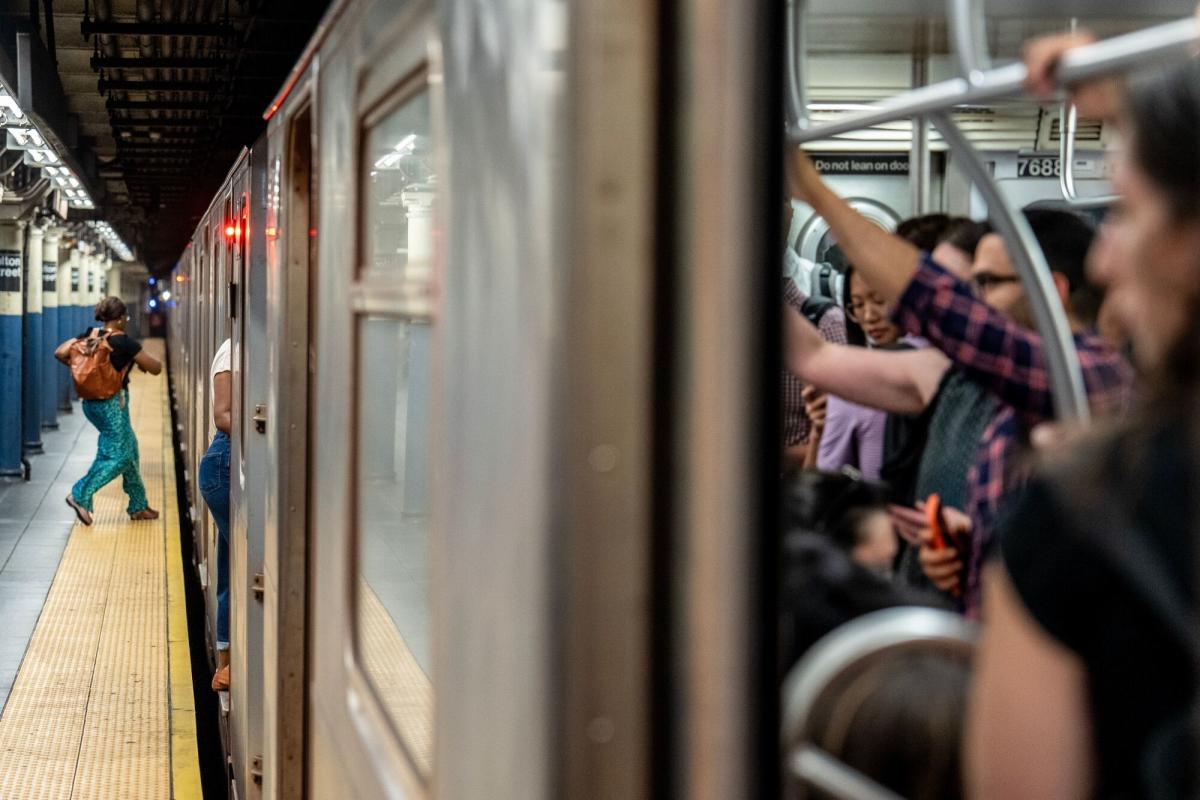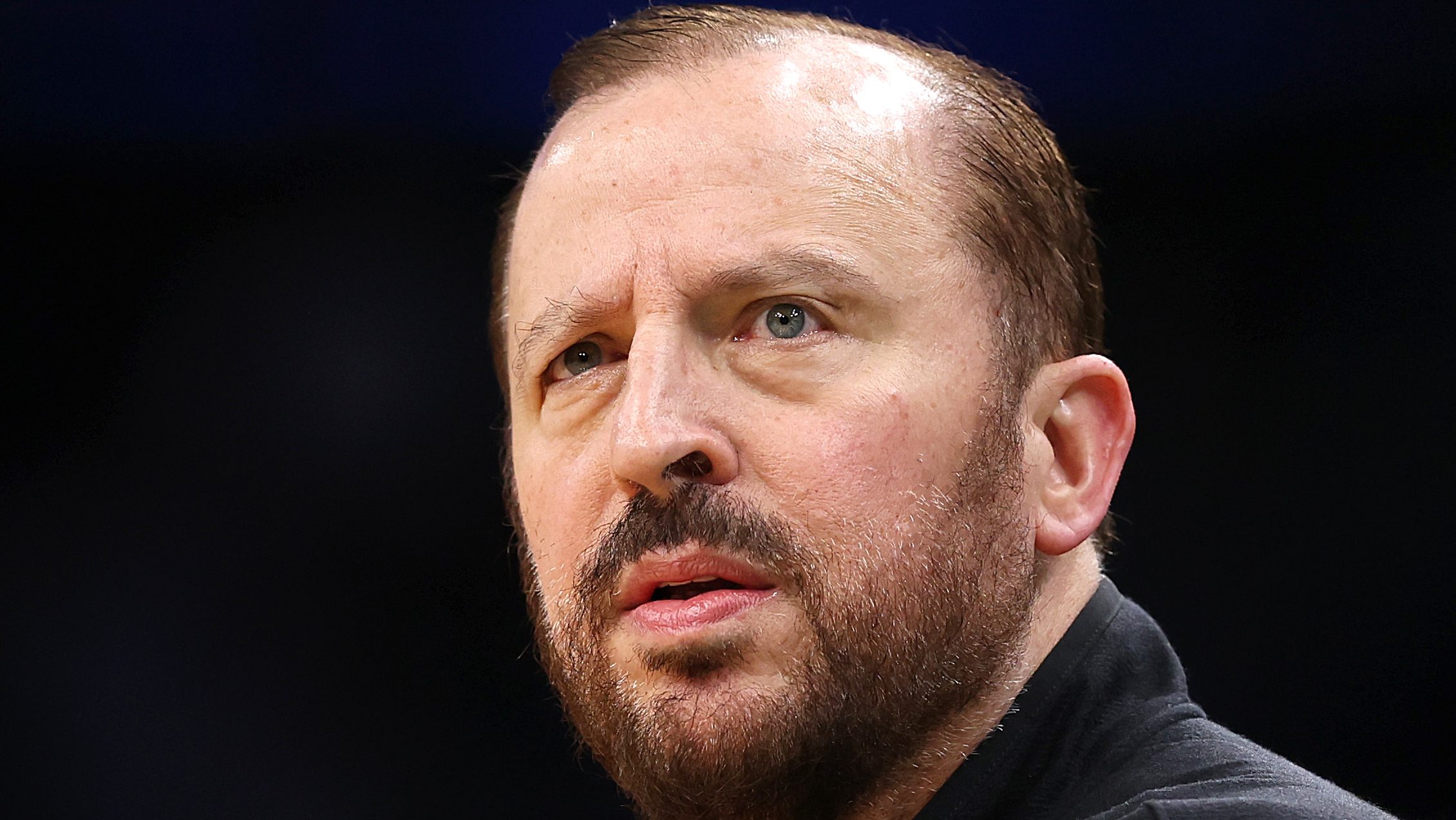Infra
NYC’s Transit System Plans to Sell Debt Backed by Mansion Tax Revenue

(Bloomberg) — New York City’s transit system plans to borrow against real estate taxes it receives to help raise $2 billion for infrastructure upgrades, creating a new borrowing mechanism that’s separate from its traditional farebox credit.
Most Read from Bloomberg
The Metropolitan Transportation Authority, the nation’s largest mass-transit network, is slated to start selling debt backed by real estate transfer tax receipts — a so-called mansion tax — later this year or in early 2025, according to Kevin Willens, the MTA’s chief financial officer.
The state began allocating the mansion tax revenue, along with state and city sales tax receipts, to the MTA in 2019 to help fund necessary capital projects and service improvements. The transit agency collected $345 million of real estate transfer tax revenue in 2023 and anticipates receiving a similar amount each year through 2028, per the MTA’s latest financial plan.
The strong demand for housing in New York City means the levy will provide the MTA with a reliable source of revenue, even as some wealthier residents have decamped for Florida or Texas, according to Matt Fabian, a partner at Municipal Markets Analytics.
New York City is “the most established real estate market in America,” Fabian said. “The risk with a transfer tax is that properties stop transferring because demand for properties goes away. But that has never been the case in New York, even now. Even in the financial crisis, it was never an existential crisis for this tax base.”
The $2 billion of mansion tax bonds will help fund the MTA’s $51.5 billion 2020-2024 capital program, which will upgrade subway stations, finance flood-protection projects and renovate a 130-year-old rail bridge that links New York City to its northern suburbs.
The MTA had $47.4 billion of debt outstanding as of July 24, including $18.3 billion of transportation revenue bonds that are repaid with transit fares, according to MTA data. Adding another borrowing tool provides some relief to its operating budget and offers bondholders a way to invest in the MTA while avoiding ridership fluctuation as transit usage has yet to match pre-pandemic levels.
The mansion tax is a supplemental levy on the transfer of residential properties of at least $2 million. The revenue flows into MTA’s capital lockbox — rather than its operating budget — with that pot of money being reserved for infrastructure needs. Keeping the revenue separate from the operating budget should enhance the new real estate credit, Willens said.
“Our expectation is that it’s going to be a high quality credit,” Willens added.
The MTA has sold other bonds that are repaid from a different revenue source than farebox receipts and bridge and tunnel tolls. The transit provider has issued payroll mobility tax debt, bonds backed by New York City sales tax revenue and also securities repaid with a combination of motor fuel taxes, petroleum business taxes and mortgage recording levies.
While the MTA and state lawmakers have found ways to raise money for the transit system, Fabian says investors need to remember that an MTA bond repaid with money other than farebox revenue is still an obligation of a more than 100-year-old system that already has a high debt level and must modernize and fortify itself from extreme weather events.
“They may not be the same revenue stream,” Fabian said, “but they’re sisters.”
Most Read from Bloomberg Businessweek
©2024 Bloomberg L.P.










